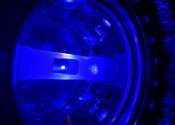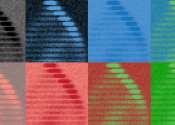Scientists demonstrate high-resolution lidar sees birth zone of cloud droplets, a first-ever remote observation
A team led by atmospheric scientists at the U.S. Department of Energy's Brookhaven National Laboratory has demonstrated the first-ever remote observations of the fine-scale structure at the base of clouds. The results, just ...







